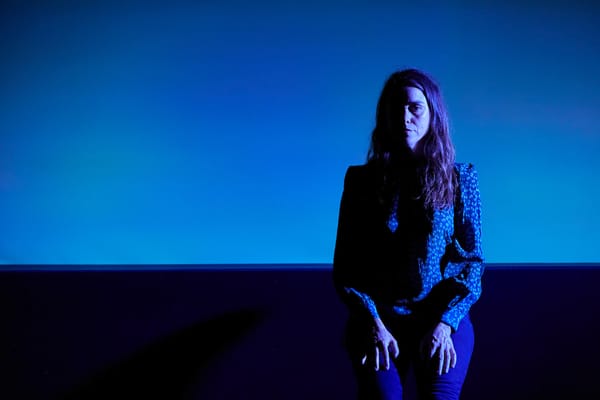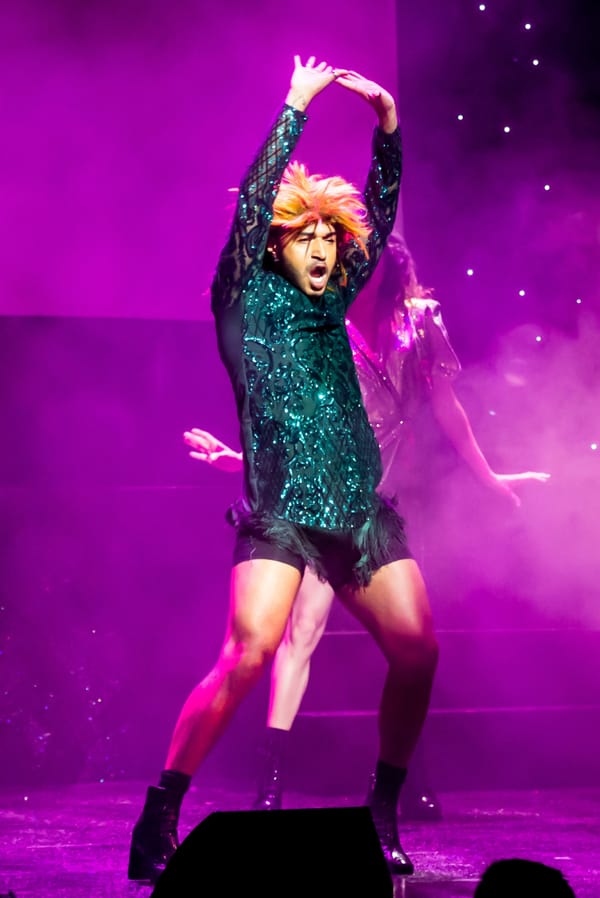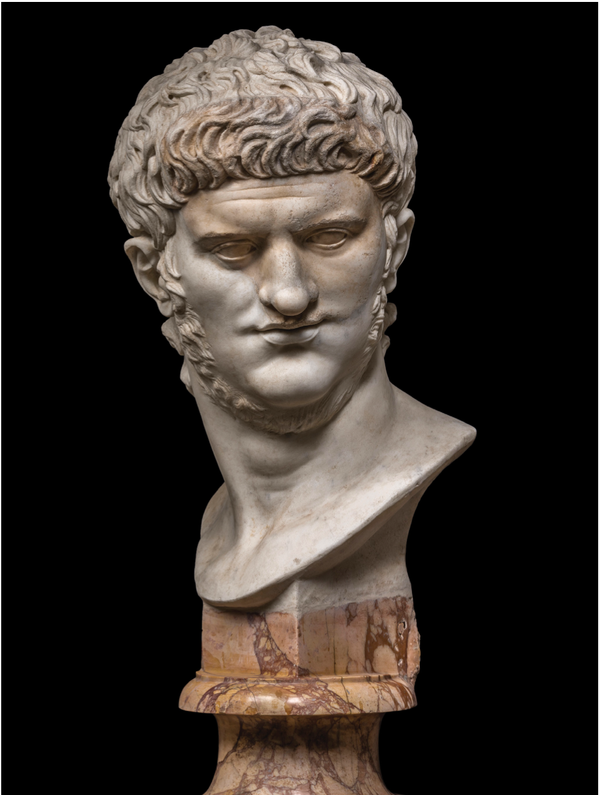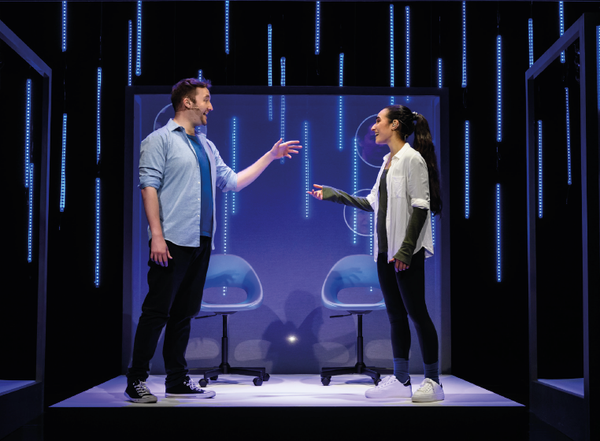Blanche Plaster-esque: Rodin
Arts Editor Vaidhiswaran Ramesh reviews Tate Britains latest exhibition on the French master sculptor: The EY Exhibition: The Making of Rodin
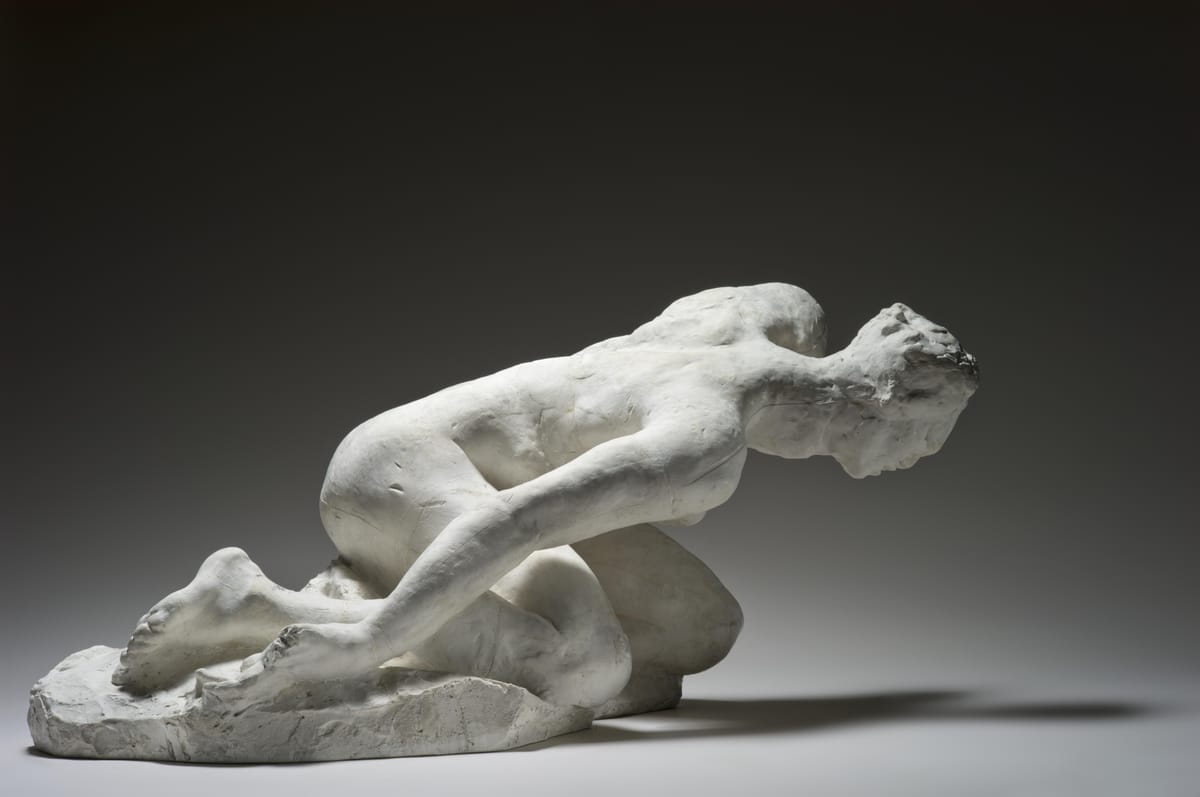
The EY exhibition - The Making of Rodin
★★★★
- What: Art Exhibition
- Where: Tate Modern
- When: Until 21st November
- Cost: From £18
It is unknown if Rodin ever had a chance to appreciate Rembrandts' ‘An Old Man in an Arm Chair’ hanging currently at the National Gallery in London. But this old master’s painting was all I could think of as I walked through Tate Modern’s new exhibition ‘The EY exhibition – The Making of Rodin’ celebrating the French sculptor. The frailty bought about by old age was captured by Rembrandt masterfully well in his seventeenth century masterpiece. Rodin – the celebrated father of modern sculpture – similarly runs against the grain of contemporary sensitivities and captures the ruggedness of form in stone or as in the case of most exhibits in the hall here, plaster. And that essentially is the unique selling point of this exhibition - embracing the sculptors' penchant for innovation.
Unfettered, unique access to the reserves of the Musee Rodin in Paris has allowed Tate Modern to present a comprehensive look into the artists process, with a key focus on his work on plasters.
In an era when statues and toppling statues are all that occupy our minds, it is probably only apt that we learn from the master sculptors’ exhibition as to how they are made – at least ones that look like they are already vandalised.
The exhibition puts a strong foot forward emphasising the sculptor’s attitudes to his craft and with emphasis on how it strays from the mainstream: A radical with a strong aversion to conventional tropes - embracing repetition, casting, enlargement, and other shunned practices.
The exhibition is a good exposition of the artists' work – and probably one of the finest outside of Musee Rodin. It peeks and forays into the various aspects of Rodin’s work – from his early years, the controversy around his statue of Balzac, his acquaintance with the Japanese artist, Ohta Hisa, his work with his muse and later wife Rose Beuret . The exhibition – including some waterworks and sketches by the artist - is comprehensive and there is nothing in his work left untouched (save maybe for his bronze work).
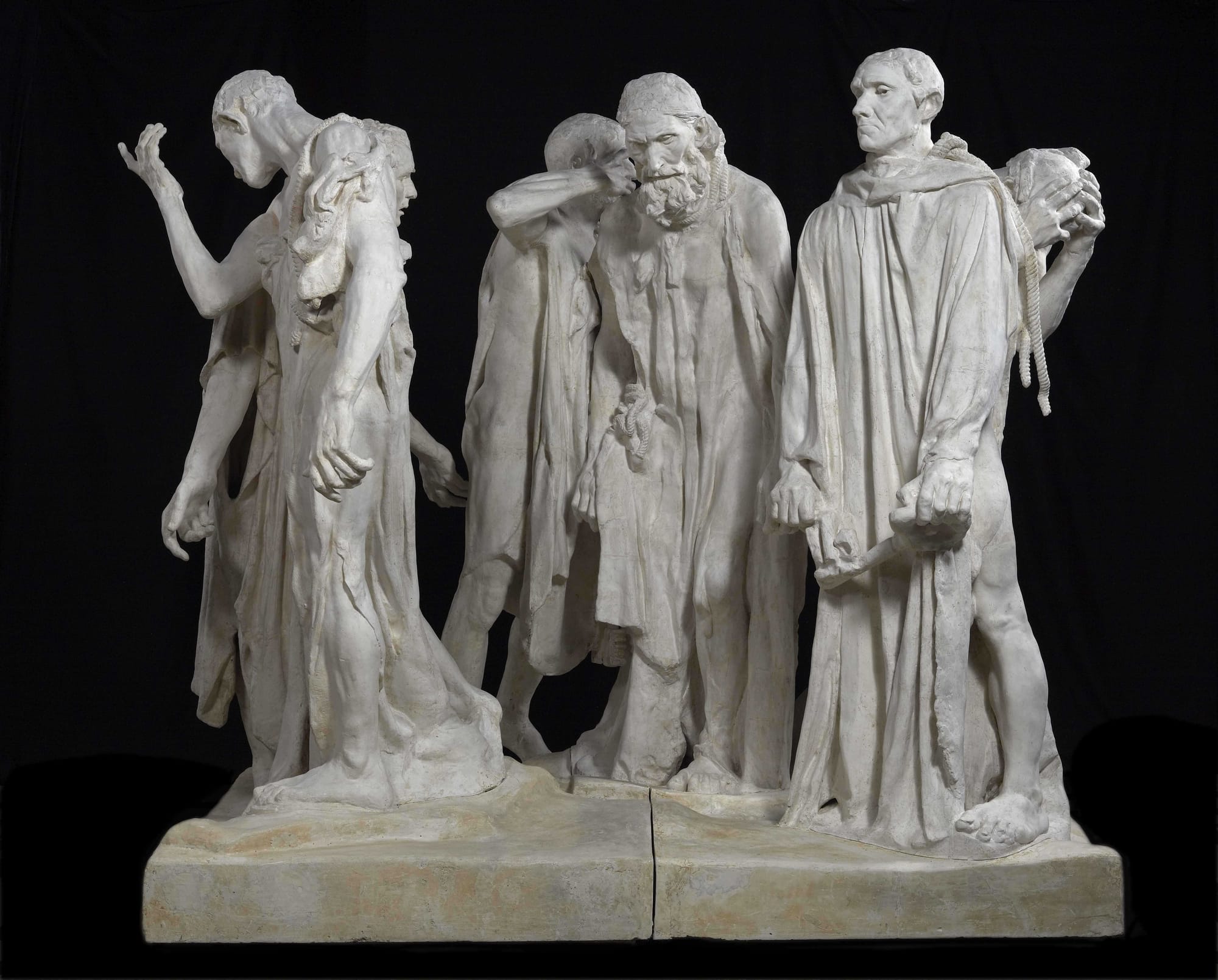
His key works – the ‘Thinker’, 'The Kiss’, his ‘Bourgeois’ and ‘Balzac’ are all there – standing firm on their rugged chiselled feet, proud in the blancheness of their plasters. The larger-than-life figures loom all around us in the exhibition hall designed almost like a workshop – full of contorted figures, outstretched hands and enlarged feet. His evolving work on the statue of Balzac is wonderfully recreated in a series of plasters and evokes the subtle importance of the rigorous and almost academic process behind the statue that is infamous for it is lack of form or rigour.
A highlight is certainly the Bourgeois - the Burghers of Calais. Standing lone in the middle of the large room, the plaster work arguably captures the anguish and the sorrow better than the bronze cast honouring Victoria Gardens a few miles west.
In characteristic Tate Modern style – the exhibition embraces an audio-visual experience by littering QR codes which provide the reader with short well curated contextualization of the work and the process behind it. On a different not, it is strikingly pleasant to see the museum acknowledge the sustainability measures taken for the exhibition – including reusing temporary exhibition structures, reflecting the truth that this is one museum that is not late to the party of the 21st century.
Rodin was by any account a visionary – one who appreciated the changing nature of art – and how artefacts of time are an integral aspect of an exhibits allure. To keep in mind – this was the same sculptor – who displayed a damaged sculpture as is in his exhibition for want of appreciating the process as much as his own handiwork. But then again – as the museum points out - his appropriation of several Oriental artefacts within his own work (often by damaging them) begs the question – Are we paying more reverence to Rodin's work – than he did for that of others? Whatever the answer – his genius, his radicalism, and his art is there for us to see.
In an era when statues and toppling statues are all that occupy our minds, it is probably only apt that we learn from the master sculptors’ exhibition as to how they are made – at least ones that look like they are already vandalised.

